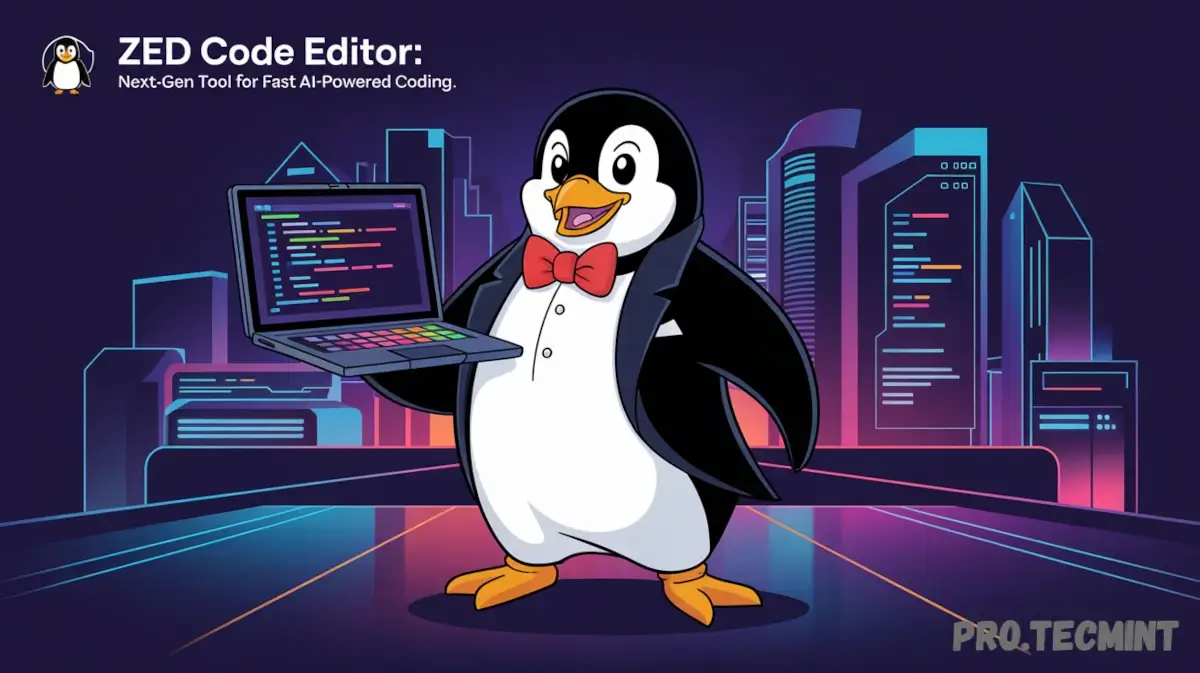Zed Code Editor: Next-Gen Tool for Fast AI-Powered Coding
Zed is a next-gen code editor built for high-performance collaboration, empowering developers with AI-driven features for smarter and faster coding.

In today's AI revolution, code editors are becoming more interesting when they add support for AI integration; otherwise, they will remain limited.
Every developer now needs an editor that can provide AI assistance directly within the editor itself, without the need to open a chatbot or another AI tool.
Rust has become one of the most loved programming languages among Linux users and the community, as it is powerful, stable, and blazing fast. Many modern tools use it, and its products show significant performance improvements compared to those created with languages like Python.
Today, we have a new and powerful code editor built with Rust called Zed, which is an open-source editor that is easy to use and install, fast, and feature-rich. It’s worth trying out, and who knows, it could even become the default editor for future projects.
In this guide, we will learn how to use Zed, including installation, examples, and how to leverage AI within it.
What is Zed?
As we mentioned earlier, Zed is an open-source project. It is defined as the next-generation code editor with a modern look, and its AI support makes it the best choice over other tools available.
Compared to other editors, Zed offers high performance, thanks to Rust under the hood, along with some game-changing features.